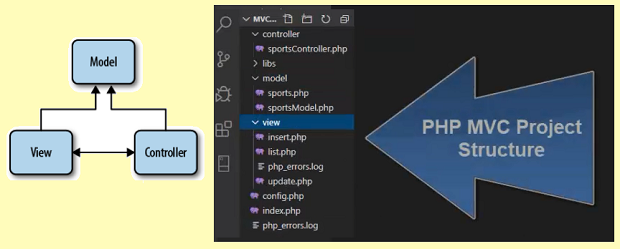

You can even specify your own contexts, and the headers to send.


The real magic is that the context switch also sets the appropriate headers for the response type, such as content-type. The format parameter can either be passed in the url "/my/index/format/json" or with a get query "/my/index?format=json" The above will add a context of json to the context switch, and when the action is called with the request parameter 'format' set, it will automatically serialize the content, in this case giving a json array of the items returned by My_Model::fetchAll() 2.8.2 : Zend\Mvc : Zend Framework's event-driven MVC layer, including MVC Applications, Controllers, and Plugins : 3.1.1 : Zend\Mvc\Console : Integration between zend-mvc and zend-console : 1.2.0 : Zend\Mvc\I18n : Integration between zend-mvc and zend-i18n : 1.1.0 : Zend\Mvc\Plugin\FilePrg : Post/Redirect/Get plugin with file upload handling. $this->view->items = My_Model::fetchAll() The MVC layer of Zend Framework 2 incorporates and utilizes a custom Zend\EventManager\Event implementation - Zend\Mvc\MvcEvent.This event is created during Zend\Mvc\Application::bootstrap() and is passed directly to all the events that method triggers. $contextSwitch->addActionContext('index', 'json') $contextSwitch = $this->_helper->getHelper('contextSwitch')

You initialise the context switch like this: class M圜ontroller extends Zend_Controller_Action The context switch is generally the more useful in my experience, and it can even automatically serialize the data you assign to the view in your action for json responses so there is no need for a view script. You can re-use your actions for multiple contexts with the ajaxContext or contextSwitch action helpers. The course covers basic framework concepts explores the Model-View-Controller (MVC) pattern as. Given the year of the course, which if I remember is 2013, some things have changed in both frameworks.There are two action helpers for doing exactly this. Watch the Online Video Course MVC Frameworks for Building PHP Web Applications In this course, author Drew Falkman tours four open-source PHP frameworks: Zend, Symfony, CakePHP, and CodeIgniter. Migrating from zend-mvc v2 i18n features to zend-mvc-i18n Please see the migration guide for details on how to migrate your existing zend-mvc console functionality to the features exposed by this component. Recently started learning AngularJS and Zend Framework 2 through a course. While this component has an initial stable release, please do not use it with zend-mvc releases prior to v3, as it is not compatible.


 0 kommentar(er)
0 kommentar(er)
